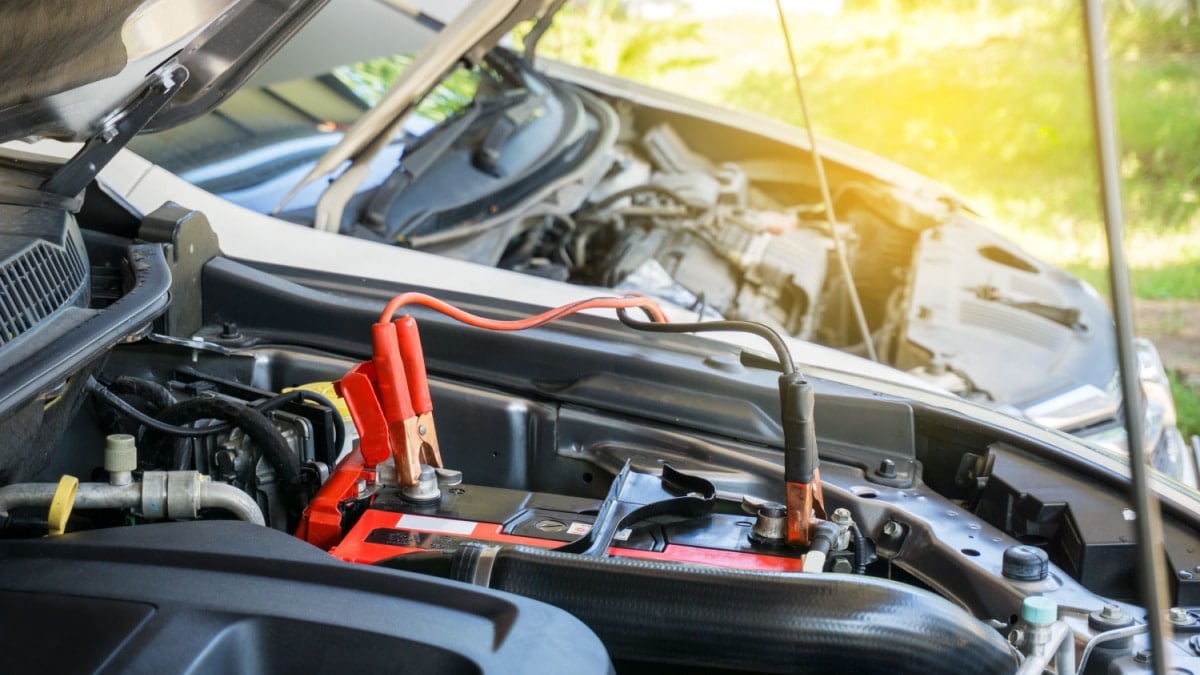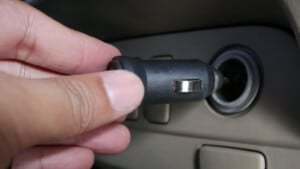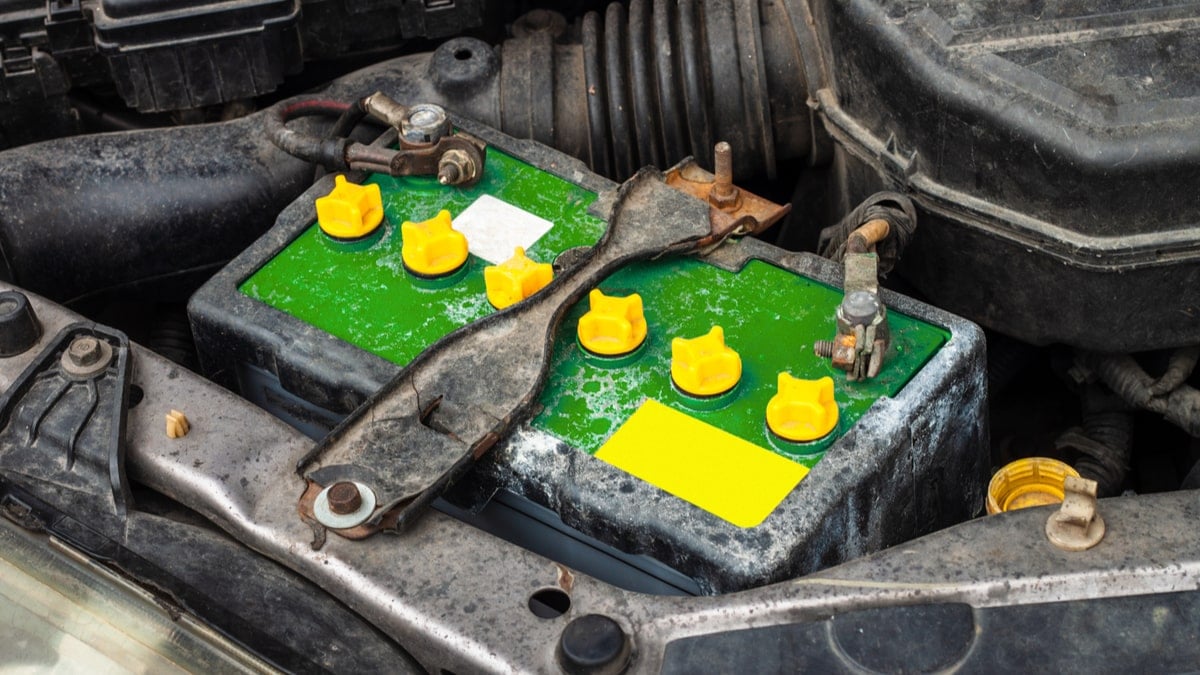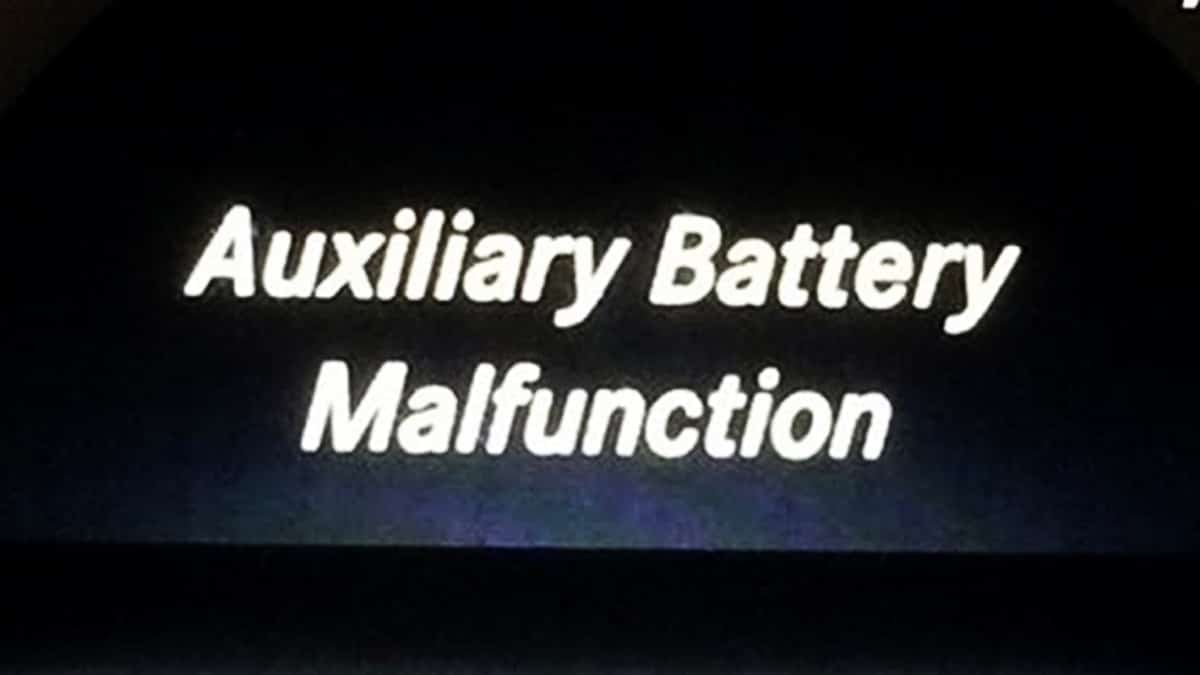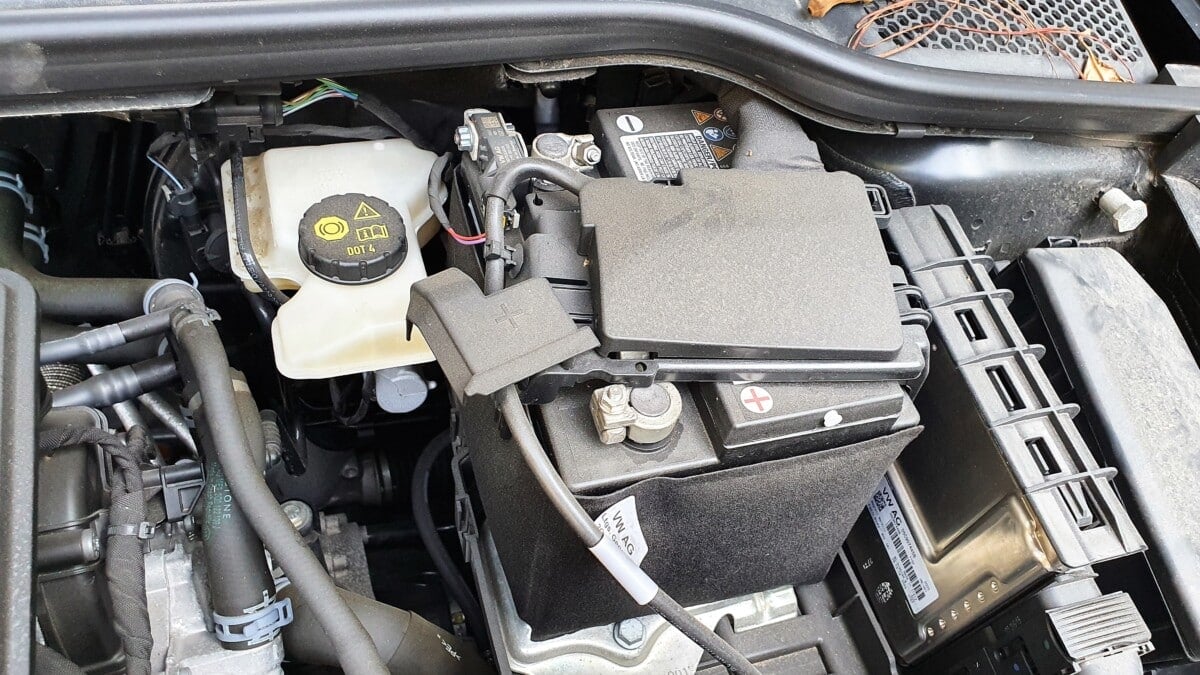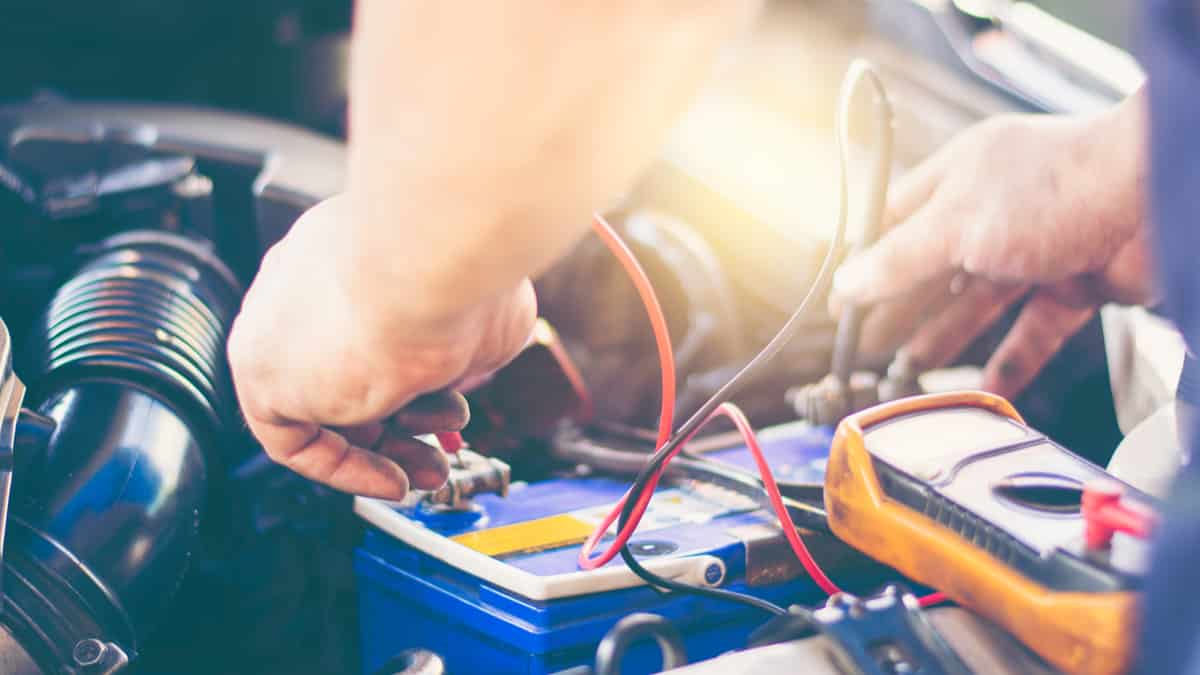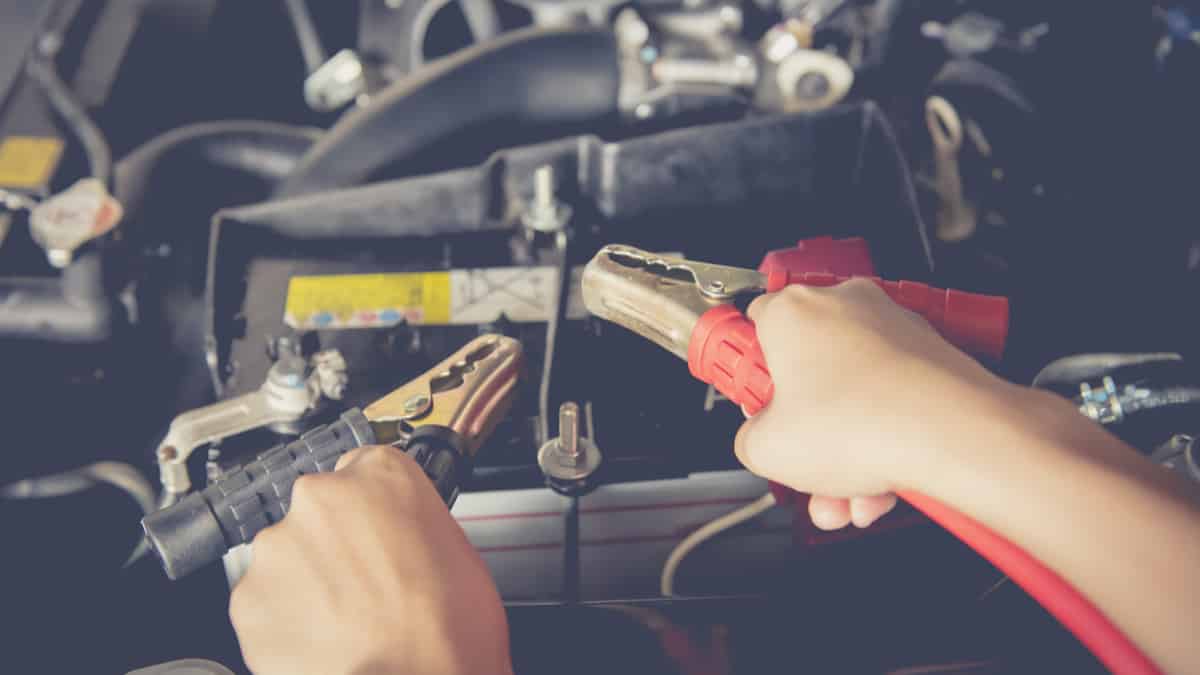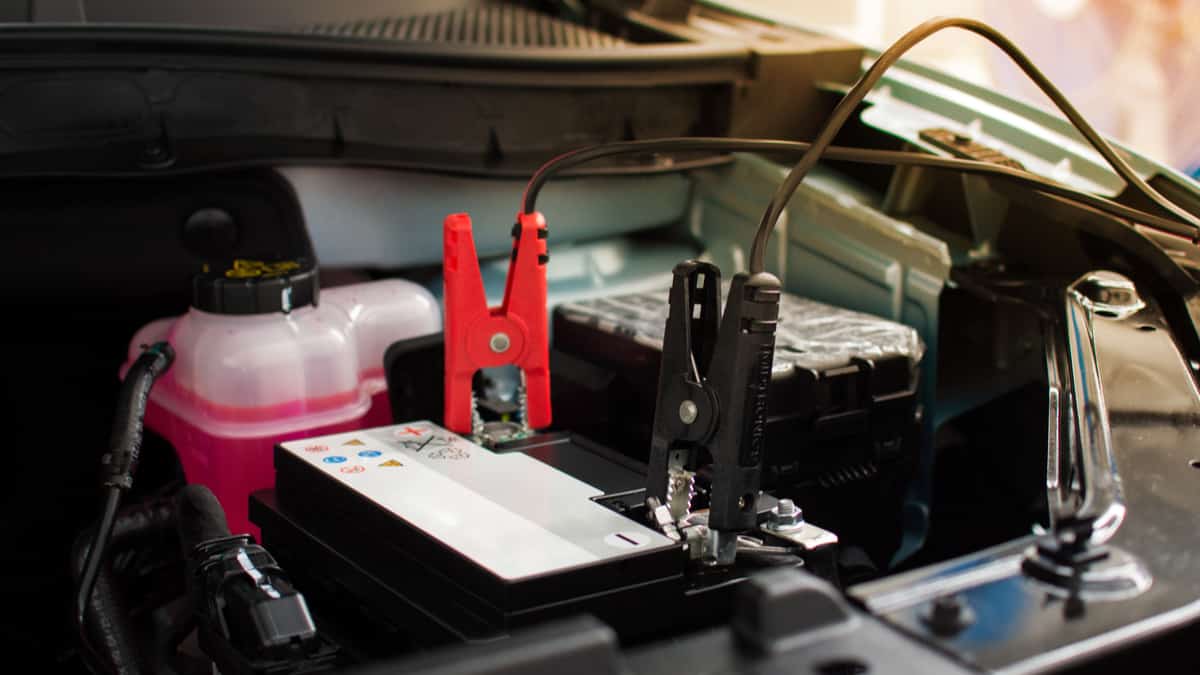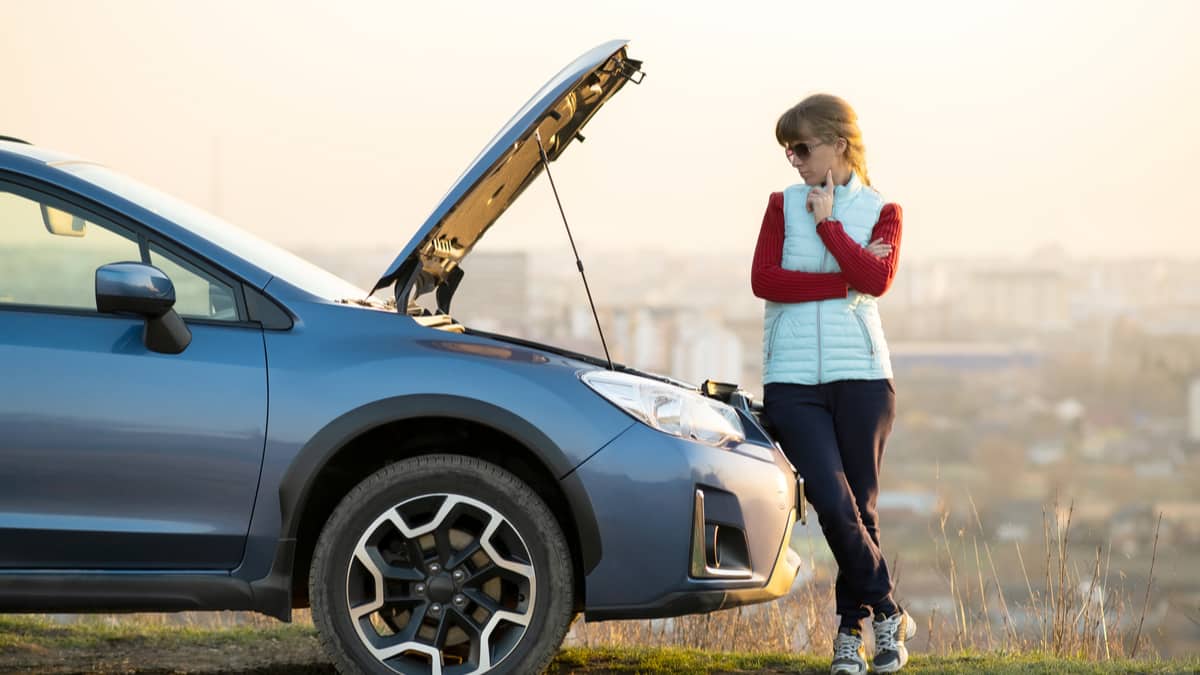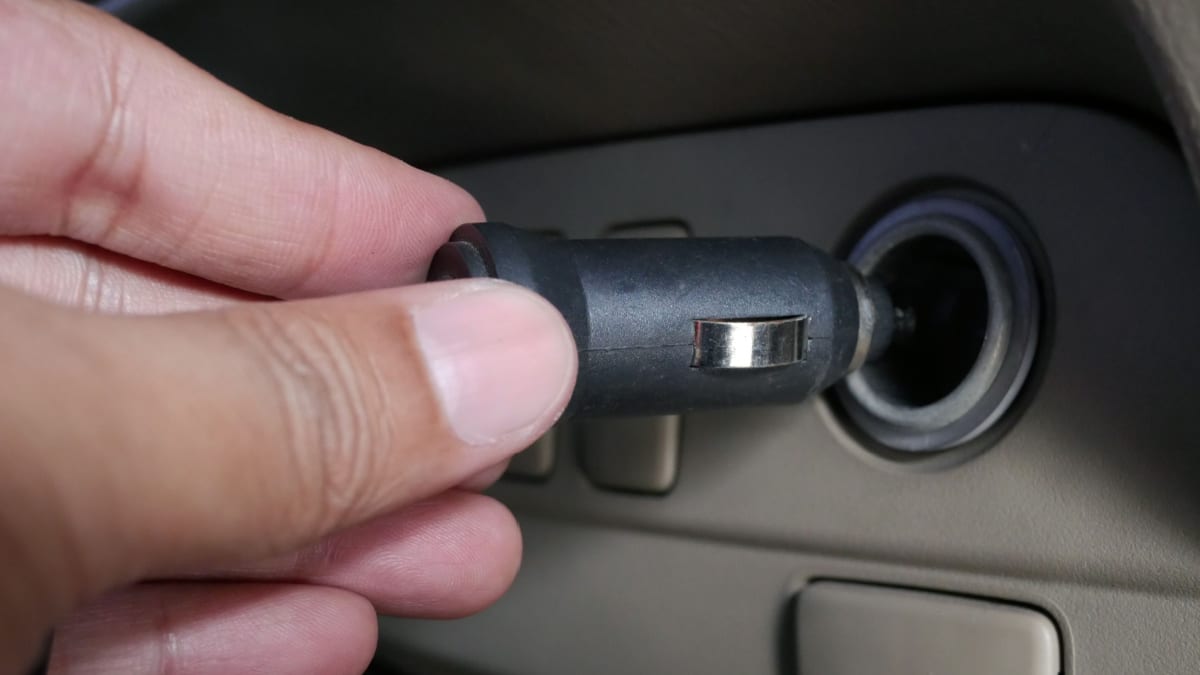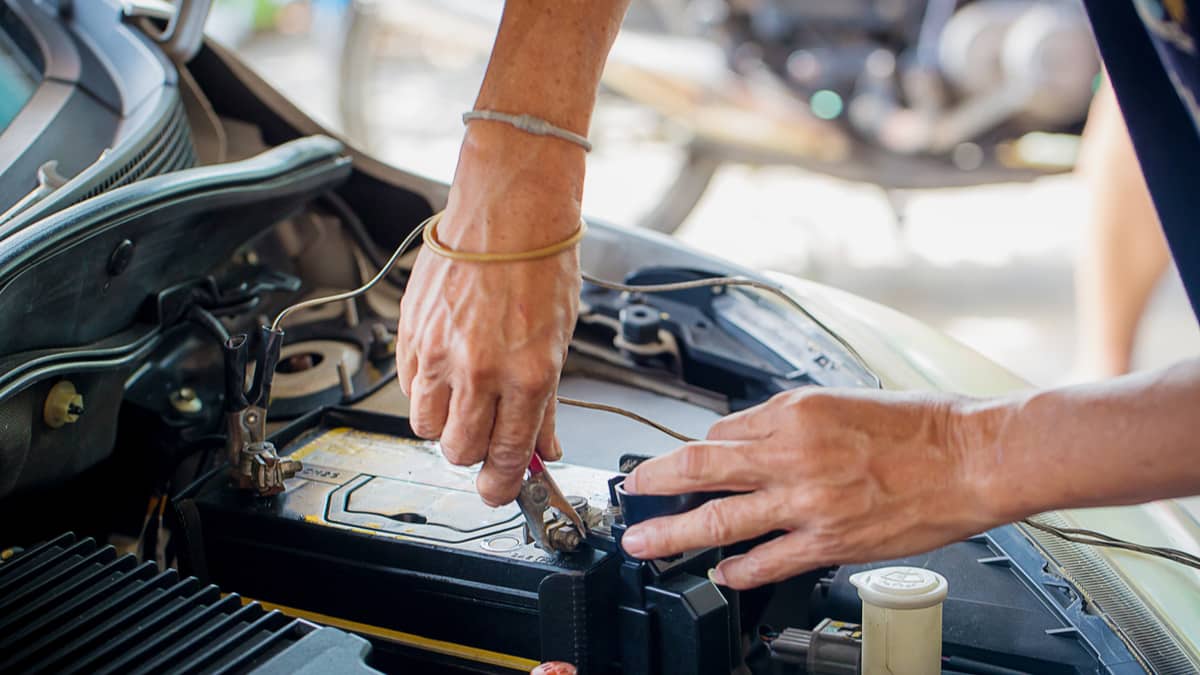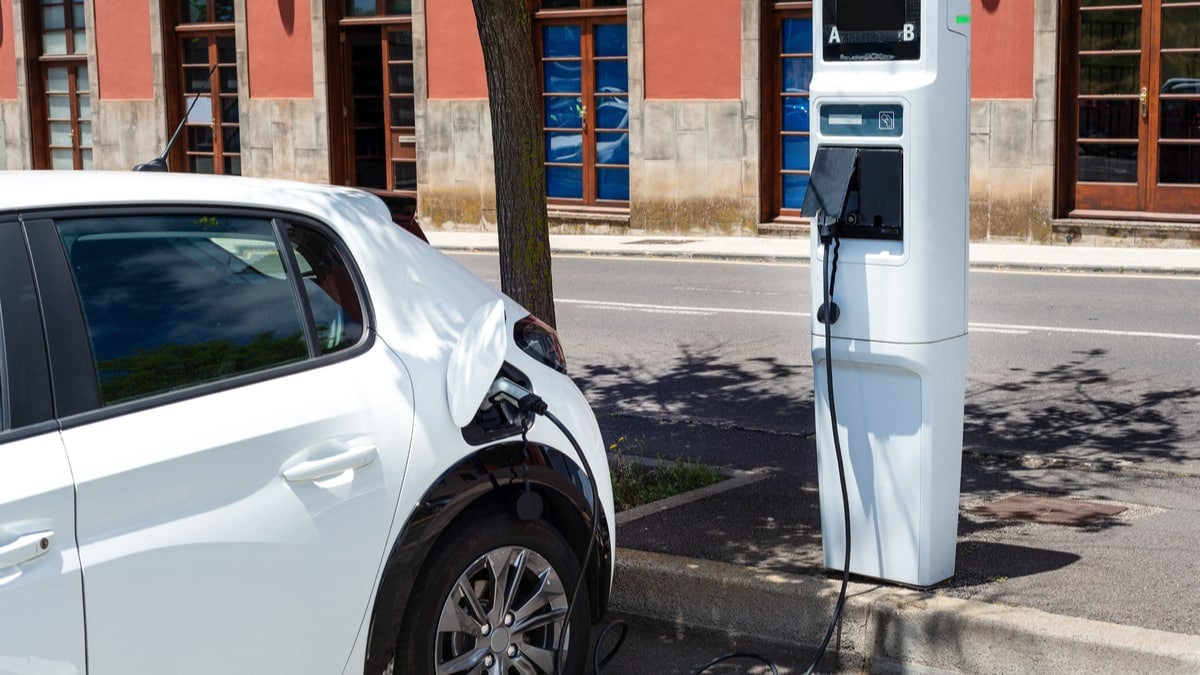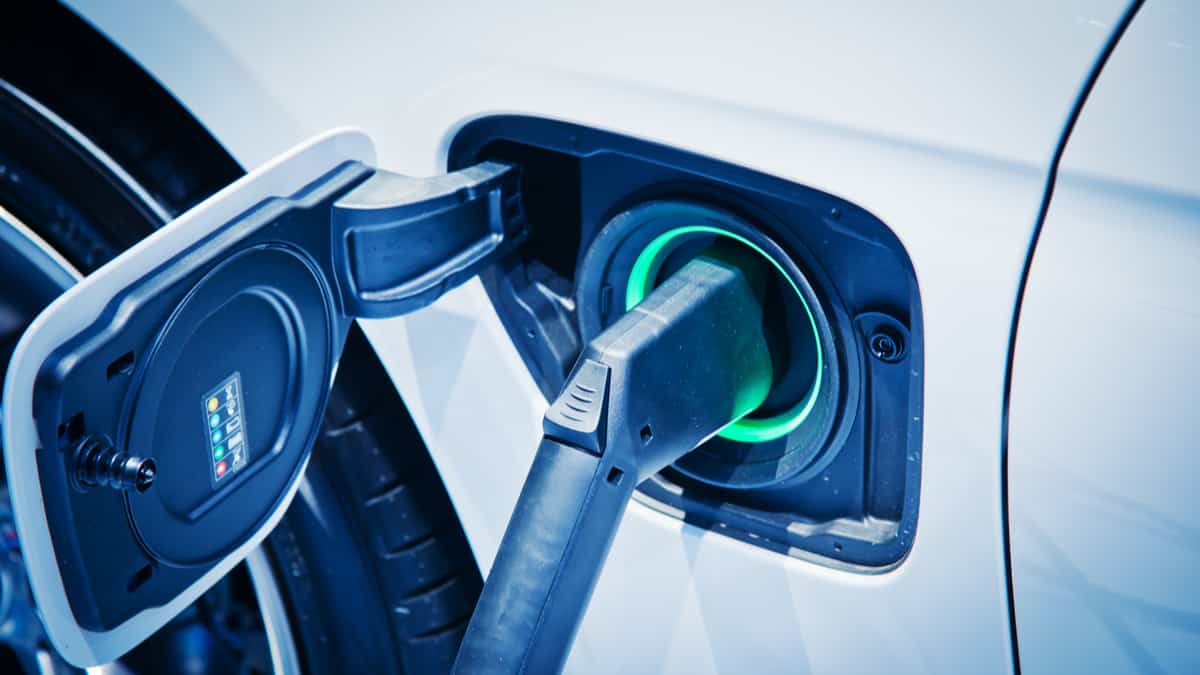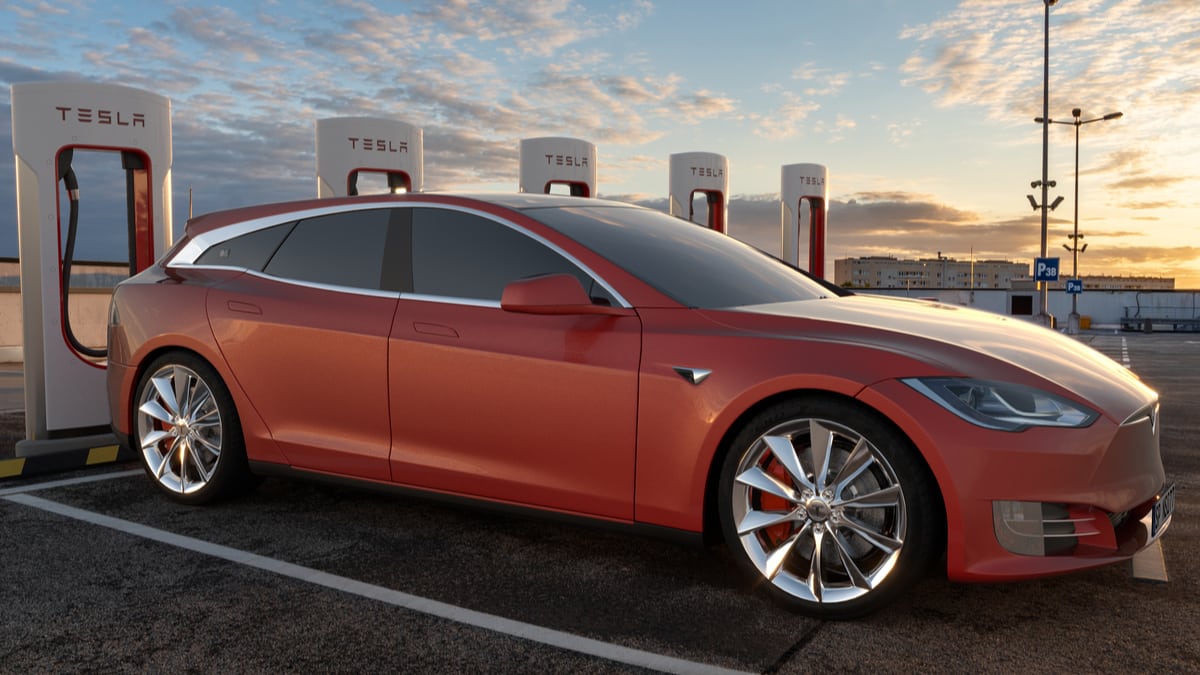Dead car batteries are one of the most common reasons for roadside assistance calls. To prevent this problem, it’s important to have a fully charged battery. But what do you do if the battery no longer remains charged? It’s important to think about the reasons your car battery won’t hold a charge so you can fix it.
In this guide, we cover the top explanations for a continually dead battery. We also show you how to fix the problem and we review a couple of FAQs on the situation.
Reasons Your Car Battery Won’t Hold A Charge
If your car battery won’t hold a charge, there could be a parasitic drain on the battery, or it could be old. There’s also the chance that a bad alternator, a blown fuse or corroded battery cables are the culprits.
Otherwise, it may just be a low-quality battery, or you may not be taking long enough drives to charge the battery.
A quick look at each of the reasons may help you figure out what’s going on with your battery.
1. Parasitic Drain
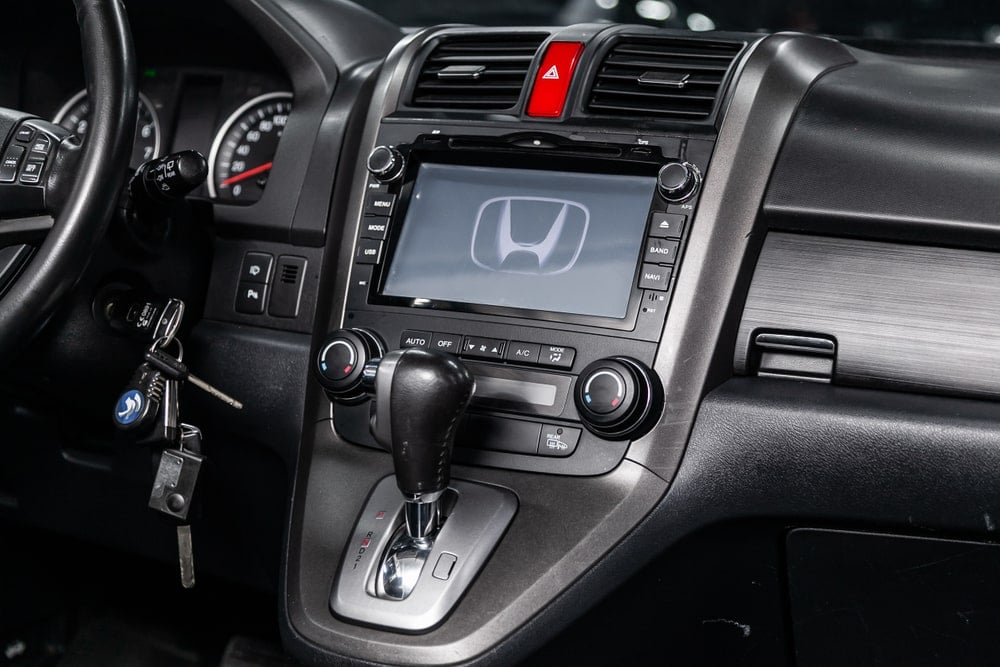
Many features run on the car battery. If these elements are drawing power when they shouldn’t be, the battery may become drained.
You may not think that a trunk light, computer module or a faulty relay could cause the battery to become depleted, but it does. If your battery keeps dying despite charging it, you want to hunt down a possible parasitic drain.
READ MORE: 8 Things That Can Drain Your Car Battery & How To Prevent It
2. Bad Battery
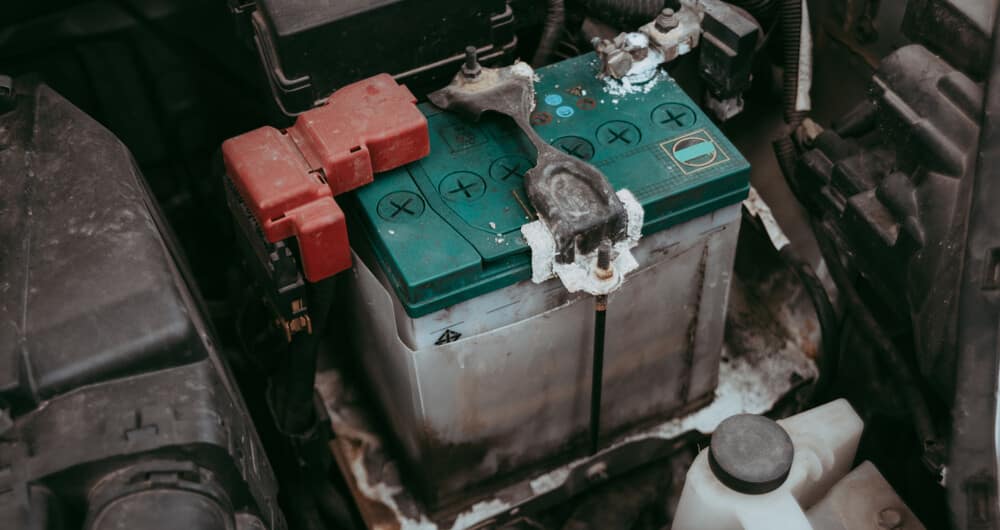
Car batteries have a limited lifespan. Typically, you can expect a battery to last three to five years.
If it has become too old, it may no longer charge or respond to being jump-started. The only solution will be to replace it.
RELATED: 6 Symptoms Of A Bad Car Battery and How to Test it
3. Bad Alternator
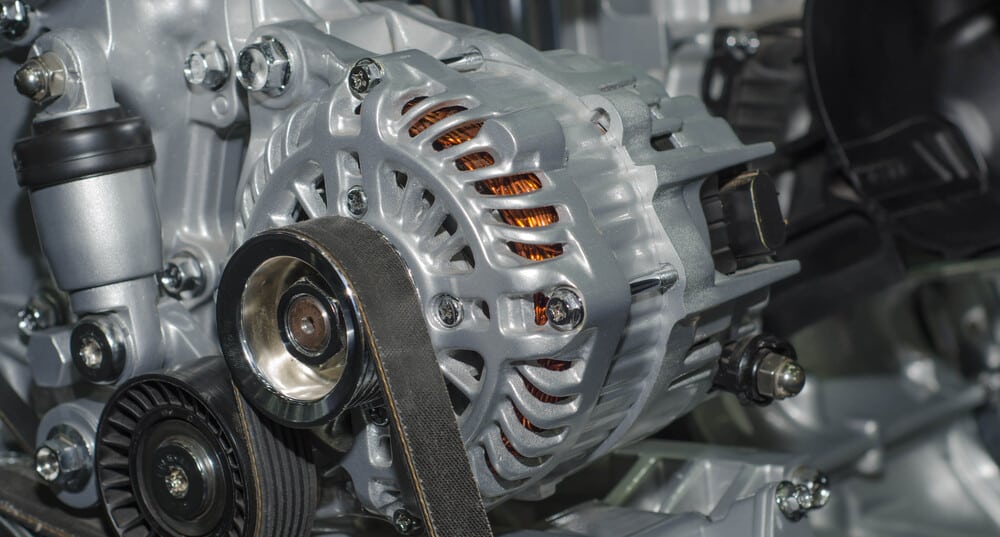
If you’ve replaced the car battery and still can’t get it to hold a charge, looking at the alternator would be next. The alternator is responsible for charging the car battery while the engine is running.
If you are able to jump-start the battery, but it fails after a few minutes of running, it’s because the alternator can’t charge it. Typically, the alternator will last 80,000 miles or more.
RELATED: 6 Symptoms Of A Bad Alternator and Replacement Cost
4. Blown Fuse
Your car probably has two fuse boxes. One is found under the steering wheel near the floor. The other is typically located under the hood.
These boxes contain fuses that prevent electric overload of all the features. If the alternator fuse blows, it won’t be able to charge the car battery anymore.
5. Low-Quality Battery
It can be difficult to swallow the cost of a new car battery. It seems the prices just keep getting higher and higher. However, there are multiple reasons why you don’t want to skimp on the quality of the car battery just to save a little money.
For one reason, a low-quality battery is going to fail sooner than something from a reliable brand. If you can’t get the battery to charge, it could be due to the quality you’ve chosen.
6. Only Driving Short Trips
Remember how we discussed that the alternator is responsible for charging the battery while you drive? For the alternator to fully charge the battery, you need to drive a fair distance. It also helps if you are traveling at highway speeds.
If you only take the car out to head a mile into town and back, the battery is going to eventually die. Try and take a longer drive, even just for the scenery.
6. Corroded Battery Cables
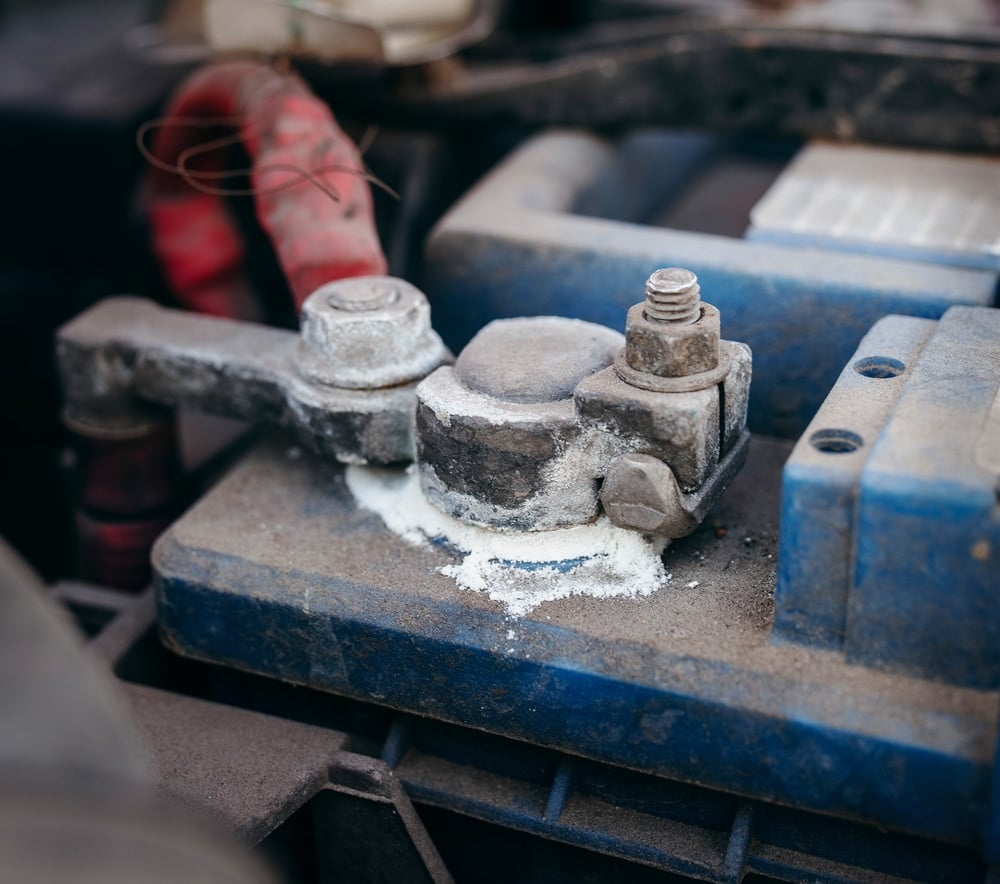
Let’s say the battery isn’t old and there’s nothing wrong with the alternator, but it still won’t charge the battery. It’s possible that corrosion has occurred on the terminals or cable connectors.
Battery corrosion occurs because the sulfuric acid releases hydrogen gas. When this comes in contact with the air, a chemical reaction occurs, leading to corrosion. This corrosion gets in the way of a proper connection, so charging can’t take place.
How To Fix A Car Battery That Won’t Hold A Charge
Most of the problems we’ve discussed are easy to diagnose and repair, even if you aren’t a professional like we are. You shouldn’t need any fancy tools and minor mechanical expertise is required.
1. Test Battery

If the battery doesn’t hold a charge, your first step is to test the battery. Many auto parts stores offer free battery testing and they will put a new battery in for you if it’s purchased at the store.
If you want to test your own battery, here are the steps.
- Remove the surface charge. Turn on the high-beam headlights for one minute with the engine off.
- Set your multimeter to read direct current (DC) voltage.
- Set the dial to 20 volts.
- Connect the leads, red to positive and black to negative. If the multimeter reads a negative number, the leads are backward.
A healthy car battery should read 12.6 volts or higher. If it’s reading lower, hook it up to a charger and test it again. If it continues to fail, the battery may need to be replaced.
2. Check Charging System
You can also have the alternator checked at many auto parts stores. If you want to do it yourself, here are the steps.
- Set the multimeter to 20 DCV.
- Connect the black and red cables to the battery terminals.
With the car engine running, the reading should be higher than the battery reading. Look for a measurement of 13.5 to 14.5 volts. This higher reading ensures the battery gets what it needs to charge.
RELATED: How to Test a Car Alternator (5 Steps)
3. Diagnose Parasitic Drain
If the battery and alternator are in good condition, but the car keeps dying, there could be something draining the battery. Finding a parasitic drain isn’t easy to do.
- Remove the negative battery cable.
- Connect the multimeter. The black lead goes to the negative battery cable and the red connects to the negative battery post.
- Set the multimeter to 20A.
- Remove fuses one at a time while someone watches the multimeter.
Once you see the reading on the multimeter drop, you’ve found the parasitic drain. Reference your owner’s manual to find out what that fuse belongs to and fix the fault.
4. Check Fuses
Find the fuse or fuses that relate to the charging system and check to see if they are blown. When a fuse blows, the wire inside has a gap in it.
To get the charging system working again, you need to replace this fuse. Just make sure you put a new one in that’s rated for the same amperage.
5. Drive Longer Trips
If your lifestyle is preventing the battery from getting charged, you need to make some changes. Instead of taking multiple smaller trips throughout the week, consider combining them into one larger drive.
If you can’t drive enough to keep the battery at full capacity, it’s best to hook it up to a battery charger. You can place a trickle charger or a maintainer on the battery to ensure it’s always ready to go.
6. Contact A Professional
The battery and alternator are sophisticated pieces of equipment that aren’t meant to be worked on if you don’t understand the basics. If you are unsure what to do or this problem has you stumped, go ahead and contact a professional.
Don’t forget that you also have the option to have these components checked at a local auto parts store. At least you can rule out the battery and alternator for no extra charge before calling a mechanic.
Can you fix a battery that won’t hold a charge?
You may be able to recondition it if there’s still some life left. Mix Epsom salts and distilled water together. Pour it into the battery through the caps that open. If your battery doesn’t have these caps, it’s a sealed unit. The mixture will remove the sulfate buildup, often giving you a little more time.
How do I know if it’s the alternator or the battery?
Jump-start the car to see what happens. If the alternator is working correctly, the car will start but die again shortly after because the alternator isn’t charging the battery. On the other hand, if you can’t get the car started at all, the battery might be the problem.
Why does my car battery lose charge so quickly?
As the battery becomes older, it won’t hold a charge as easily. Additionally, if there’s any corrosion on the battery terminals, the alternator won’t be able to supply enough power to charge the battery. There could also be a parasitic drain that’s robbing the battery of its power.
Can an alternator drain a battery when the car is off?
While it’s very rare, it’s technically possible for a defective alternator to malfunction and drain the battery while the engine is turned off. If the circuit to the alternator remains on for some reason, battery juice could be zapped. It’s much more common that you are dealing with some other form of a parasitic drain.
There’s no reason to bang your head against the wall just because you can’t keep the battery charged. With the simple diagnostic steps we’ve outlined, you can get to the bottom of the issue. However, we know it takes a little time. Unless you are regularly performing these tasks, as we are as professional mechanics, you may not be comfortable tackling them on your own.
Whether you figure it out in your home garage or you pay a mechanic, it’s important to figure out why the battery doesn’t stay charged. Otherwise, you could find yourself stranded in a location that’s dangerous or risky, waiting for roadside assistance.
Categories: Car Battery, Electric, Troubleshooting
